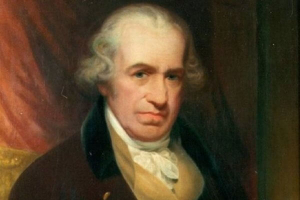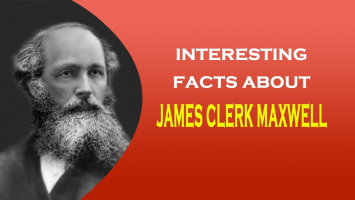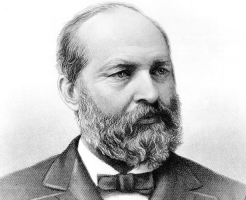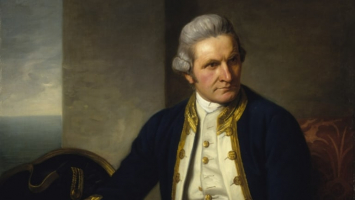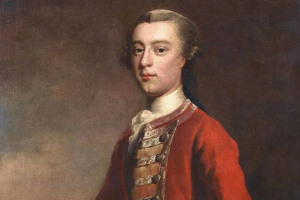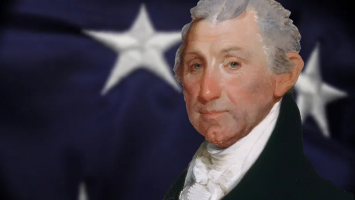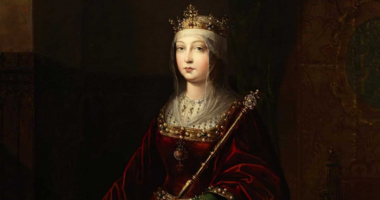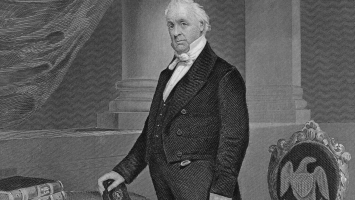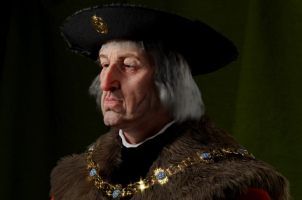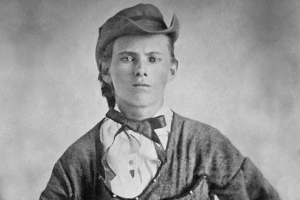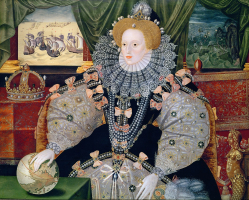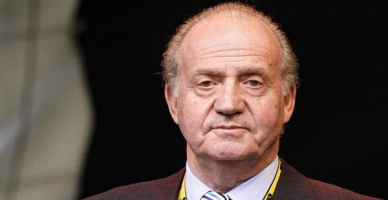Top 8 Interesting Facts about James I
James I referred to himself as "king of Great Britain." He ruled Scotland (as James VI) from 1567 to 1625 and England (as the first Stuart king) from 1603 to ... read more...1625. James was a fervent supporter of royal absolutism, in which the king has unquestionable power. His disputes with a Parliament that was becoming more self-assured during his reign from 1603 to 1625 laid the groundwork for the uprising against his successor, Charles I. Here are the 8 most interesting facts about James I you can check below!
-
Mary, Queen of Scots, and Henry Stewart, Lord Darnley, her second husband, had just one child, James. James' father passed away eight months after James was born when an explosion destroyed his home. Mary was overthrown by Scottish nobles in rebellion after her third marriage to James Hepburn, the fourth earl of Bothwell, and she abdicated the kingdom. On July 24, 1567, James, who was one year old, was crowned King of Scotland, which is one of the most interesting facts about James I. On May 16, 1568, Mary departed the realm; she never saw her son again.
James was surrounded by a small group of powerful Scottish lords while he was still a minor. These lords eventually became the four succeeding regents, the earls of Moray, Lennox, Mar, and Morton. The huge gap between rulers and subjects that existed in England between the Tudors and their subjects did not exist in Scotland. The Stuarts had been only the reigning dynasty among many equals for nine generations, and James had always had a soft spot for the great Scottish lords who had won his trust.
The young monarch was kept in relative seclusion but had a top-notch education until he was 14 years old. His instructors, George Buchanan and Peter Young put together a library of classical and religious works for him, which he used to study Greek, French, and Latin. The schooling James received made him a pedant as well as inspired literary ambitions uncommon in royalty.
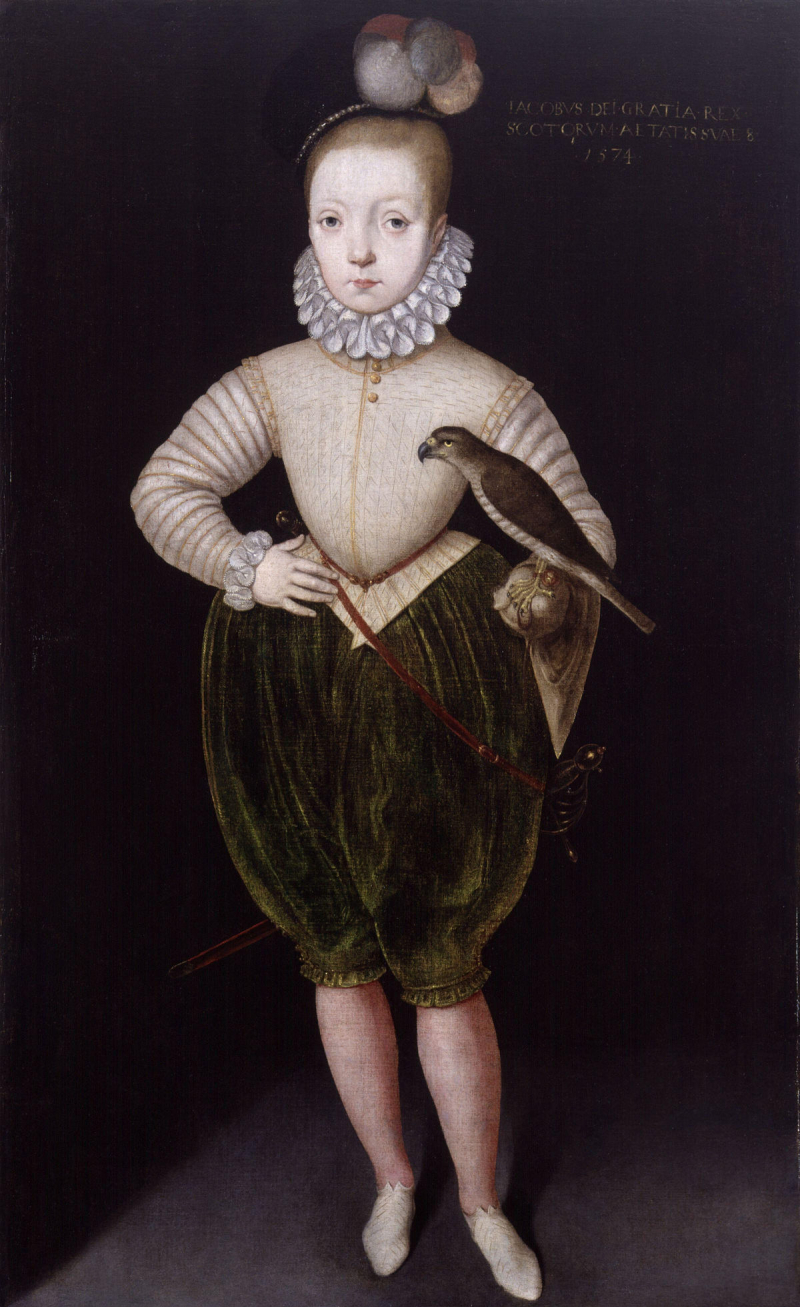
Photo: https://commons.wikimedia.org/ 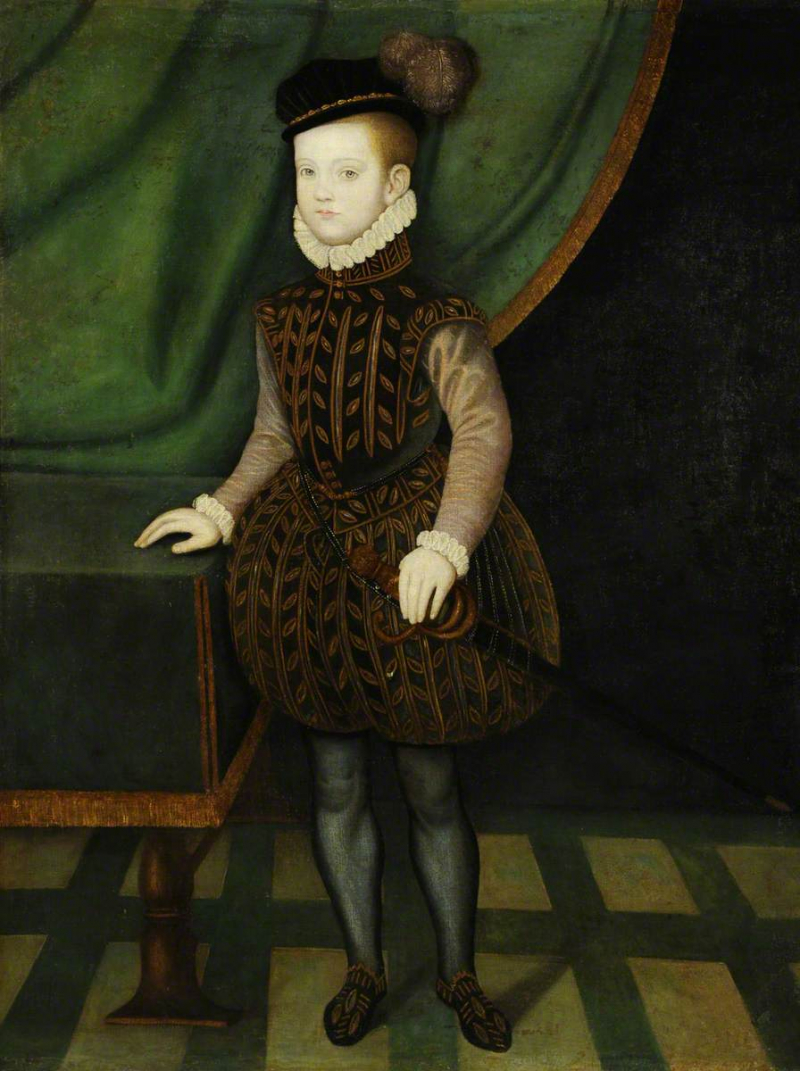
Photo: https://artuk.org/ -
James I succeeded to the English throne, which is not a coincidence. James became aware at a young age that Queen Elizabeth lacked a direct heir because she had no children. He was aware that, with the perfect use of his cards, he could win Elizabeth's favor and succeed to the throne of England. When the earl of Morton was expelled from the regency in 1578, James had already assumed nominal control of the government by the time he was 12 years old. However, James continued to serve as the puppet of rival intriguers and faction leaders for several more years. James was taken captive by William Ruthven, 1st earl of Gowrie, in 1582 after becoming swayed by the duke of Lennox, a Roman Catholic who plotted to retake Scotland for the imprisoned Queen Mary and was made to condemn Lennox.
The following year, James managed to free himself from his Protestant captives and started enforcing his rule as king. His main goals were to assert his claim to replace the childless Elizabeth I as king of England and to free himself from Scottish party servitude. James allied with England in 1585–1586 after realizing that cultivating Elizabeth's goodwill would be more advantageous than joining forces with her adversaries. He constantly agreed with the Queen as a result of this. He didn't even dispute much with her, not even when she ordered the execution of his mother.
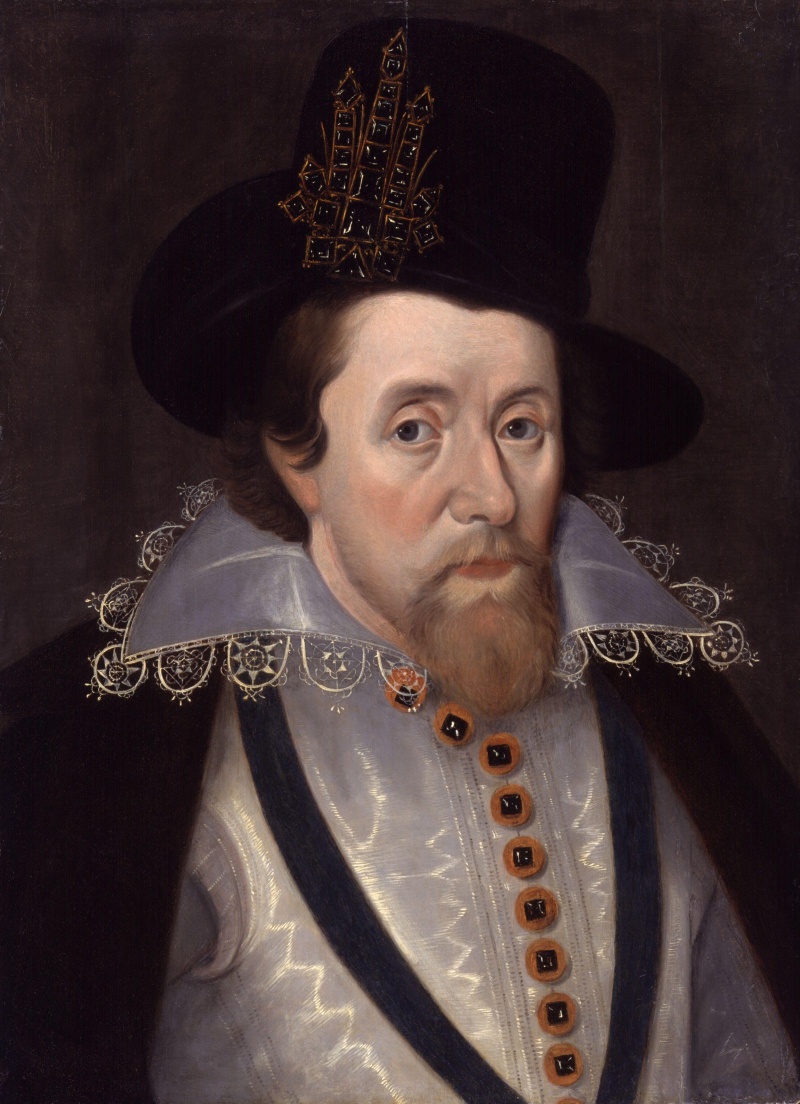
Photo: https://vi.m.wikipedia.org/ 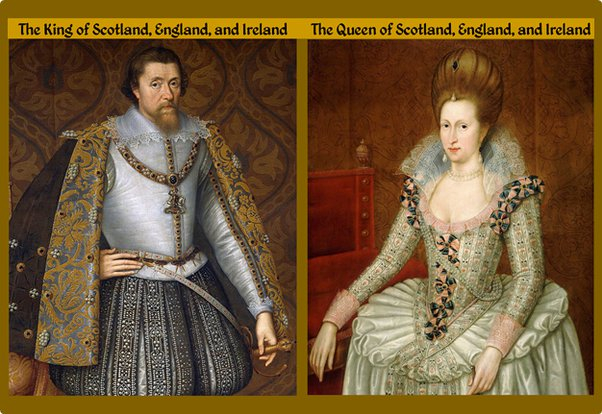
James I & Elizabeth I - Photo: https://www.quora.com/ -
The establishment of favorites was one of the more intriguing of James I's many contentious policies that he oversaw. Although it wasn't a formal rank, James I showed enormous favor to some individuals, liberally bestowing upon them gifts, honors, and even titles like duke or lord. James I made a lot of judgments based on favorites, and he chose these favorites based on, well...attractiveness.
A bizarre fact about James I was that he would choose the ones he thought were most gorgeous to be his favorites. James I was a well-known gay man. James had intimate relationships with male courtiers throughout his life, which has sparked discussion regarding the specifics of those interactions among historians. Anne Murray was referred to as the king's mistress in Scotland.
Esmé Stewart (after the Duchess of Lennox), Robert Carr (later the Earl of Somerset), and George Villiers (eventually the Duke of Buckingham), according to some James biographers, were his lovers. King James was never known for his discretion, so it didn't take long for rumors to circulate regarding his, eh, intimate friendship with Esmé Stewart. When an English ambassador once paid a visit to James' court, what he saw astonished him. James was described as being "in such love with [Stewart] as to often grip him about the neck with his arms and kiss him in the open sight of the people" by the author.
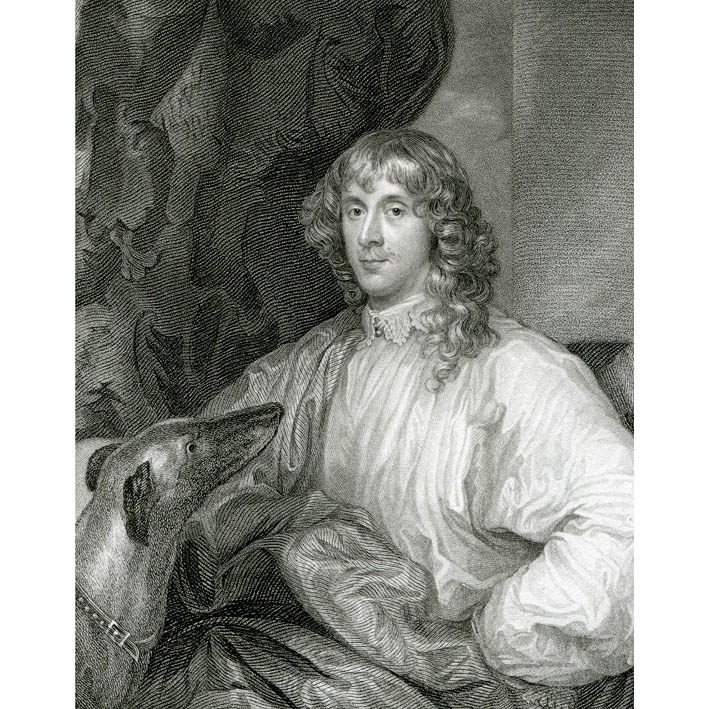
Esmé Stewart - Photo: https://britton-images.com/ 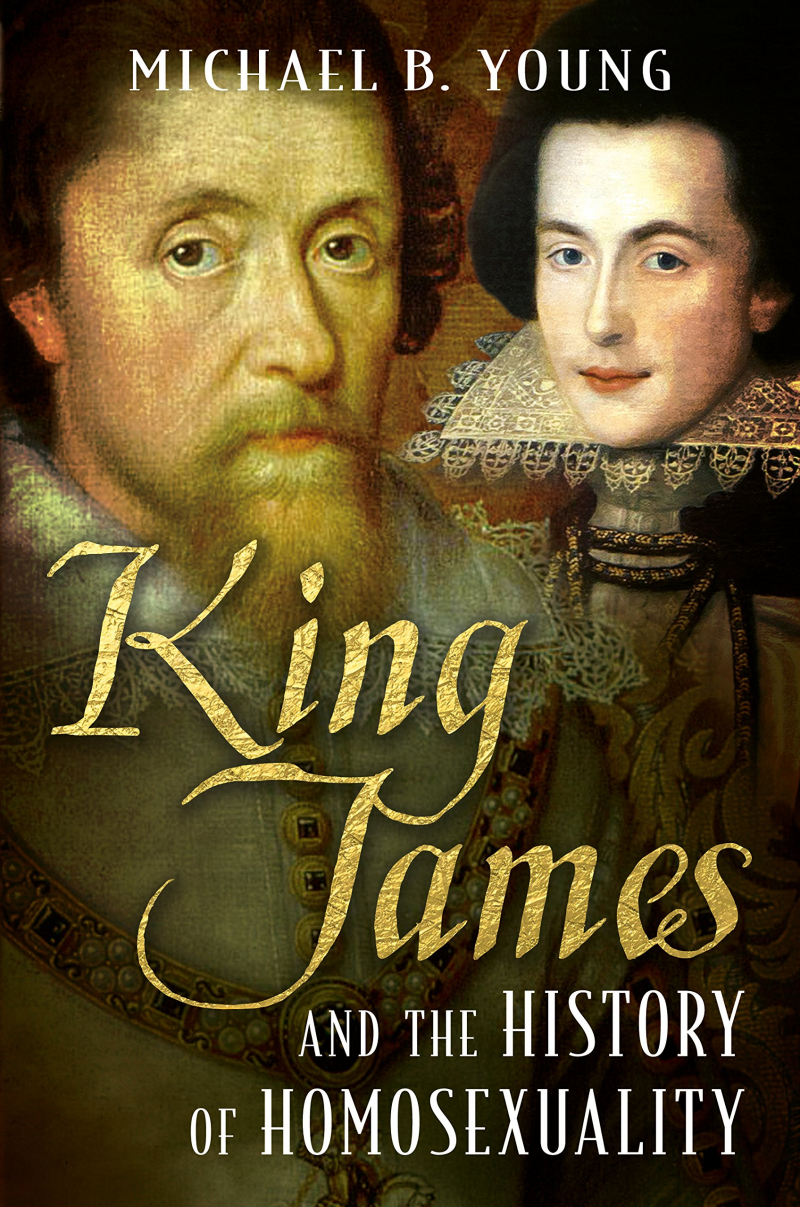
Photo: https://www.amazon.co.uk/ -
Many people in Scotland were prepared to ignore James' especially...close friendship with Esmé Stewart. Many praised him for his exceptional chastity because he didn't exhibit much interest in women. James persisted in surrounding himself with the nearly exclusively male company even after Stewart departed Scotland. However, a suitable marriage was required to solidify his throne, and the 14-year-old Anne of Denmark, the younger daughter of Protestant Frederick II, was selected.
In August 1589, following a proxy wedding in Copenhagen, Anne set a ship for Scotland but was diverted by storms to the Norwegian coast. In what historian David Harris Willson referred to as "the one romantic moment of his life," James personally set sail from Leith to rescue Anne after learning that the passage had been abandoned with a 300-person retinue. On November 23, the pair had a legal wedding at the Bishop's Palace in Oslo. They visited Elsinore and Copenhagen, stayed there, and saw Tycho Brahe before departing for Scotland on May 1st, 1590. In the early years of their marriage, James seemed to have always been patient and loving toward Anne, who had initially captured his attention. Henry Frederick, Prince of Wales, who passed away from typhoid disease in 1612 at the age of 18, Elizabeth, who subsequently became queen of Bohemia, and Charles, his heir, were the three children the royal marriage had.
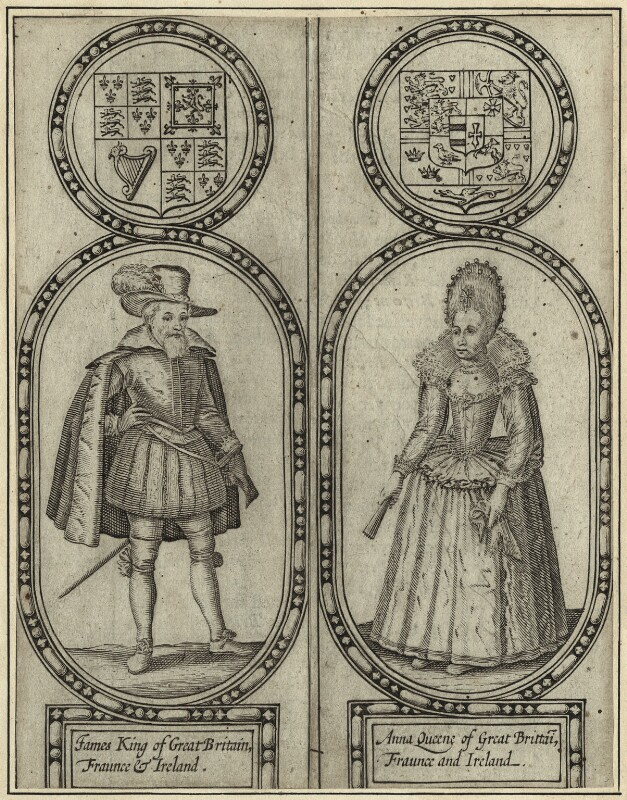
Photo: https://www.npg.org.uk/ 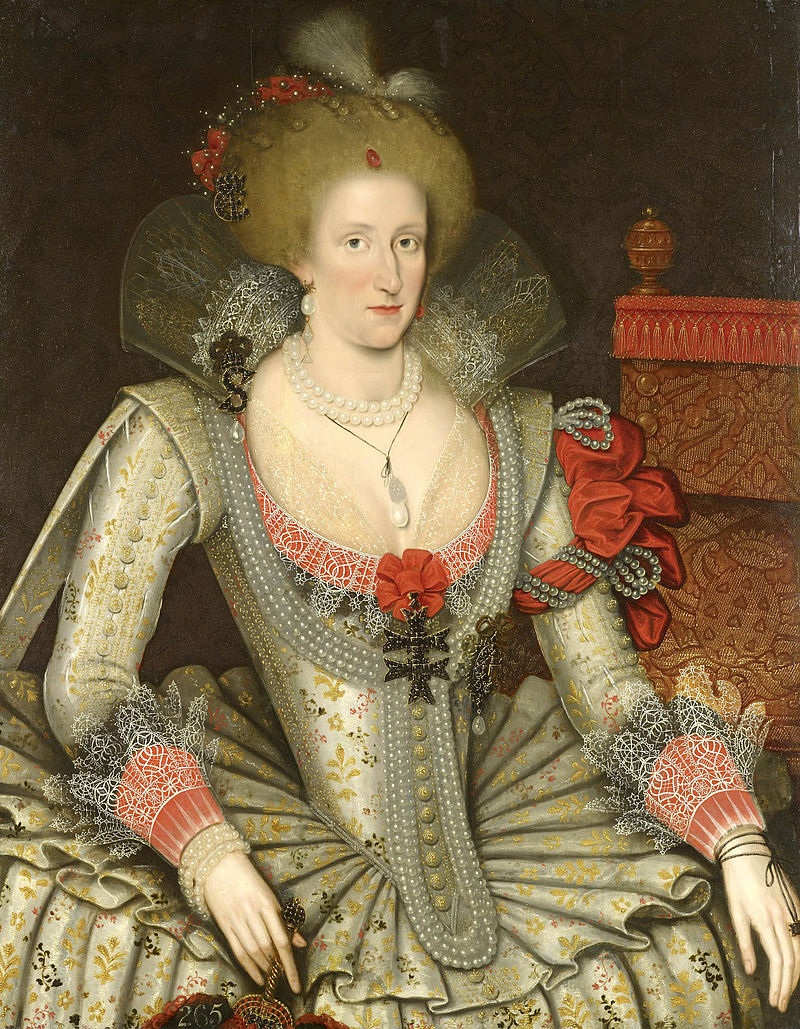
Anne of Denmark - Photo: https://commons.wikimedia.org/ -
James was already, as he told the English Parliament, "an old and experienced monarch" and one with a firmly defined idea of royal government when he finally succeeded to the English throne upon the death of Elizabeth I (March 24, 1603). Unfortunately, he lacked the mental and moral traits to make up for the deficit, and neither his experience nor his theory had prepared him to handle the new issues he was encountering. James ran afoul of the English Parliament because he had little understanding of either of its tenors. He was originally from Scotland, thus he was familiar with the different characteristics of Scottish people from those of English people. They didn't appreciate his heavy Scottish accent or the fact that he was Scottish. He only called the Parliament once between 1612 and 1622, and he otherwise reigned alone. People did not influence decisions.
In 1604 he quickly put an end to England's war with Spain, which was a source of great hostility for England at the time. But how he handled Parliament, which was asserting ever-wider powers to criticize and influence public policy, was where his statesmanship was truly put to the test. In addition, Parliament's established tax-granting monopoly made its approval crucial for the restoration of the crown's finances, which had been severely harmed by the cost of the protracted war with Spain. James had divided and corrupted Scottish assemblies so well, but he was never skilled in the more nuanced art of running an English Parliament.
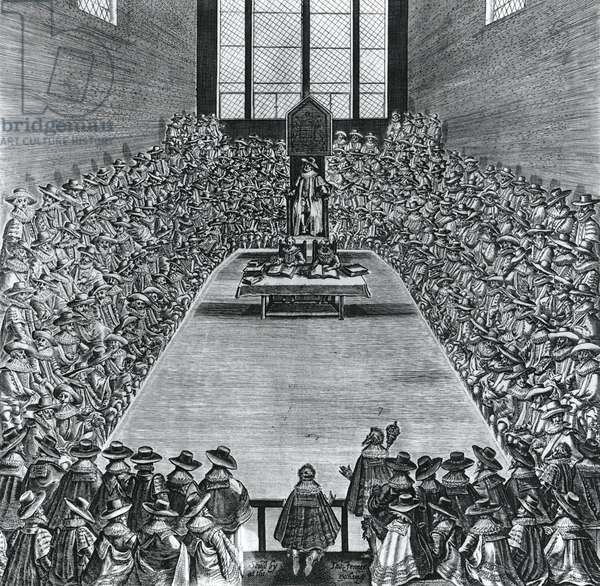
Photo: https://www.bridgemanimages.com/ 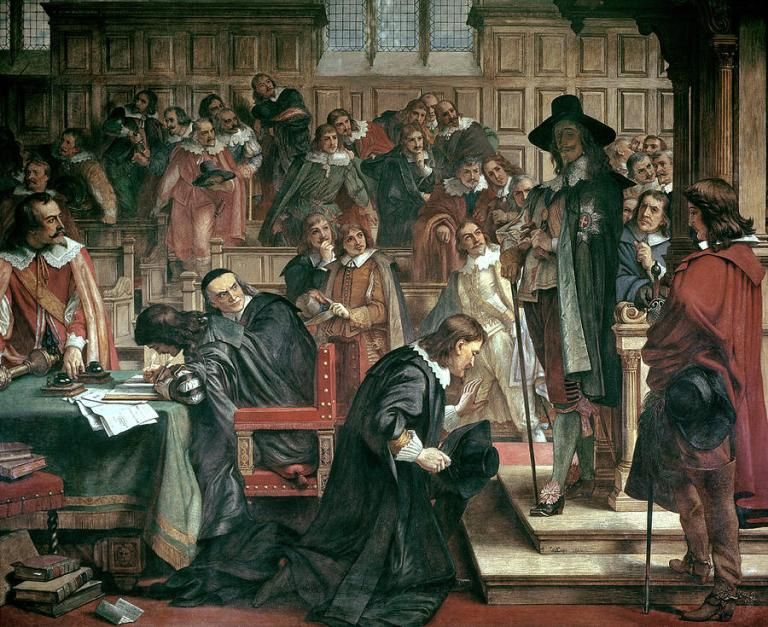
Photo: https://www.sutori.com/ -
He stands apart from other kings since he published literature and left it behind. One of the interesting facts about James I is that he wrote at least two books of poetry in addition to other political writings and two political essays on the concept of the divine right of monarchs.
In addition to the political issues he left for his son Charles, James left a body of writings that, although being of poor literary quality, give him the distinction of being the only English king since Alfred. Among these books, The True Law of Free Monarchies (1598) and Basilikon Doron (1599), two political treatises in which he outlined his ideas on the king's divine prerogative, stand out. Charles Howard McIlwain edited The Political Works of James I in its 1616 edition (1918). James Craigie edited The Poems of James VI of Scotland (2 vol.) between 1955 and 1958. James was also credited with overseeing the King James Version, a new official English translation of the Bible that was published in 1611.
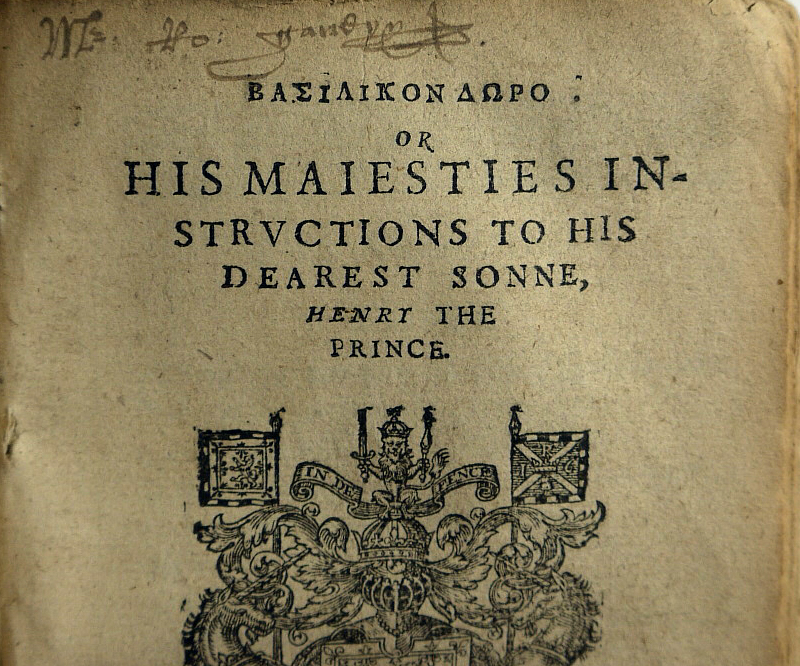
Photo: https://www.lorenzburg.org/ 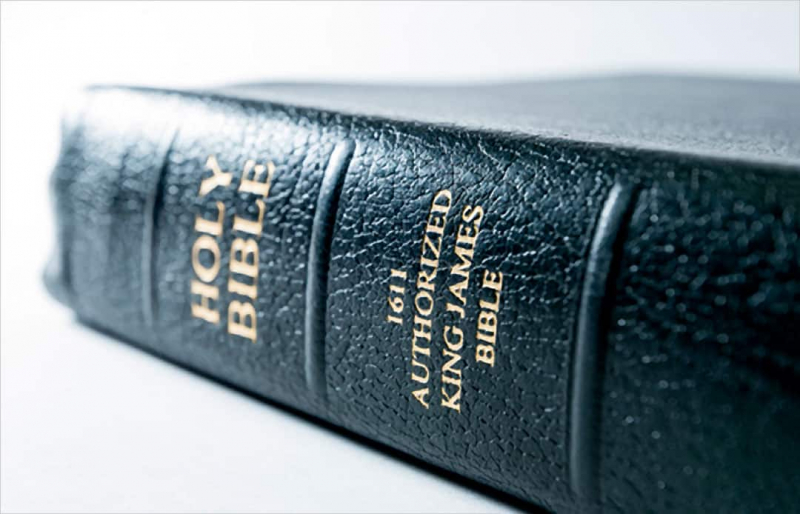
Photo: https://www.neverthirsty.org/ -
James developed a theological justification for the monarchy in The True Law of Free Monarchies and Basilikon Doron (Royal Gift), both of which were published in 1597–1598. He outlines the divine authority of monarchs in The True Law, claiming that they are superior to other individuals for biblical reasons, even though "the highest bench is the sliddriest to sit upon." The paper suggests an absolutist view of monarchy, according to which a king may enact new legislation through royal prerogative, but must also take into account custom and God, who will "stir up such scourges as pleaseth him, for the punishment of evil kings."
Basilikon Doron, a book of instruction for four-year-old Prince Henry, offers a more down-to-earth explanation of monarchy. The piece is regarded as having excellent writing and may be the best representation of James's prose. James' advice on parliaments, which he took to mean simply the king's "head court," was that they wouldn't be necessary "but for the necessity of new Lawes, which would be but rarely." Because kings came into existence "before any estates or ranks of men, before any parliaments were held, or laws established, and by them was the land dispersed, which at first was fully theirs," James claims in The True Law that the king owns his realm like a feudal lord owns his fief. Thus, it follows logically that laws were created and written by kings, not by or for rulers.
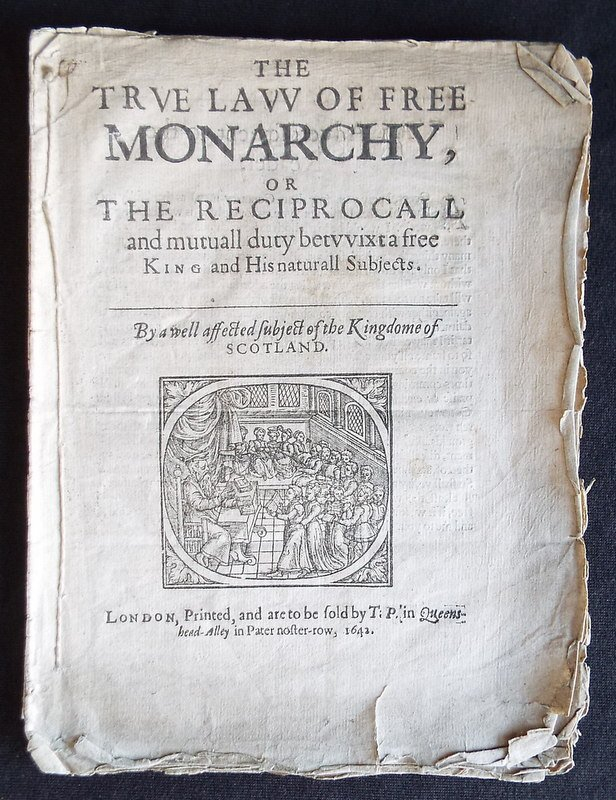
Photo: https://shop75004.mariewhiteblog.com/ 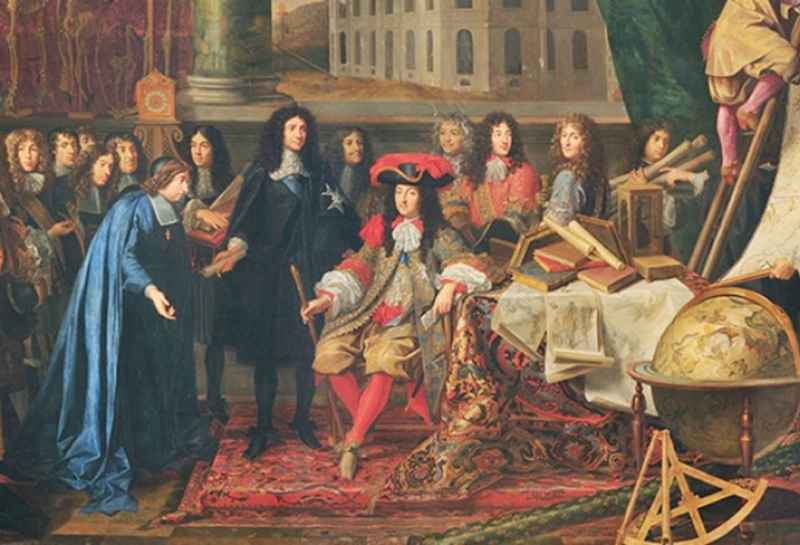
Photo: https://www.studentsofhistory.com/ -
The king's decision-making became clouded in his senior years. He started a foreign policy that combined unhappiness with strong opposition. James devised a scheme to have his heir Charles wed to a Spanish princess. The possibility of a Spanish dowry from a marriage between Charles and Infanta Maria Anna was another potential source of revenue. James found the so-called "Spanish match" approach to be appealing as a means of preserving peace with Spain and avoiding the additional expenditures of war. James may have prolonged the negotiations for almost ten years since it was possible to maintain peace just as effectively by continuing the negotiations as by concluding the match.
The Howards and other pro-Catholic clergy and diplomats—collectively known as the Spanish Party—supported the program, but Protestant England had a strong mistrust of it. James gave Sir Walter Raleigh explicit instructions not to confront the Spanish when he was released from prison in 1616 and set out on a quest for gold in South America. Walter Raleigh, Raleigh's son, was killed fighting the Spanish, and his voyage was a complete disaster. James had Raleigh put to death upon his return to England, much to the ire of the populace who opposed the appeasement of Spain.
Initially, at odds with Prince Charles, the duke of Buckingham eventually joined forces with him in an alliance from which the monarch was largely cut off. James was quickly aging at this point, and for the final 18 months of his reign, he effectively had no power to exercise; Charles and Buckingham made the majority of decisions. James passed away at Theobalds, his preferred country home in Hertfordshire.
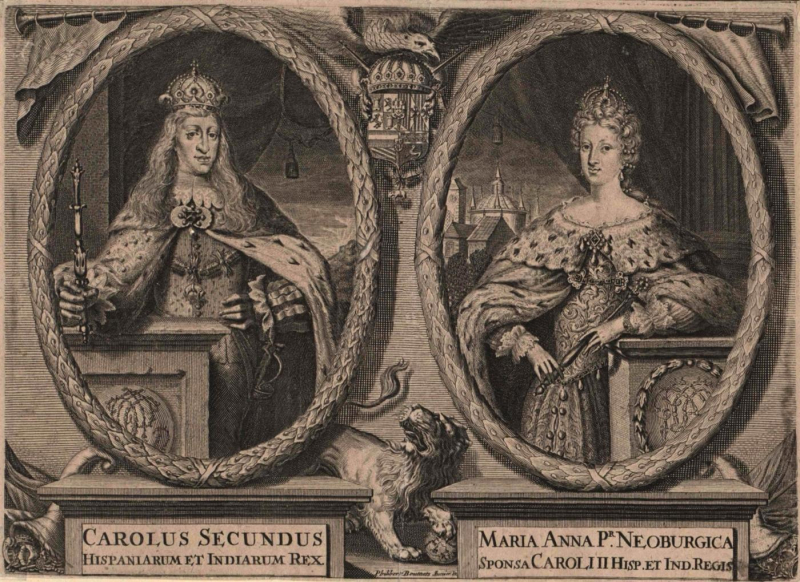
Photo: https://commons.wikimedia.org/ 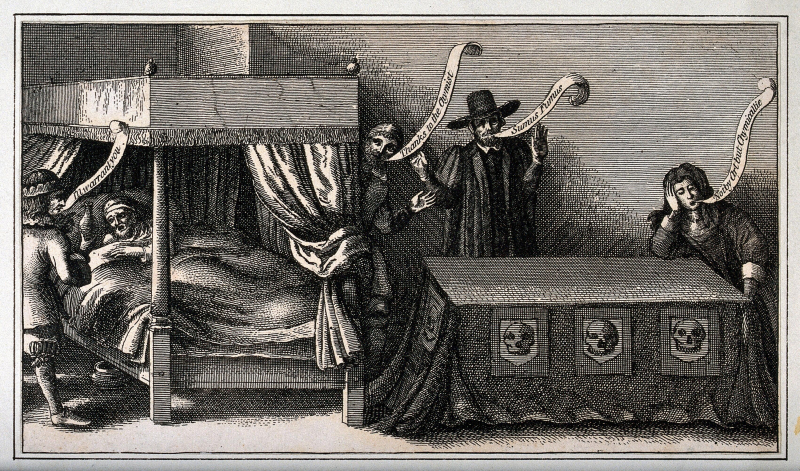
Photo: https://wellcomecollection.org/










